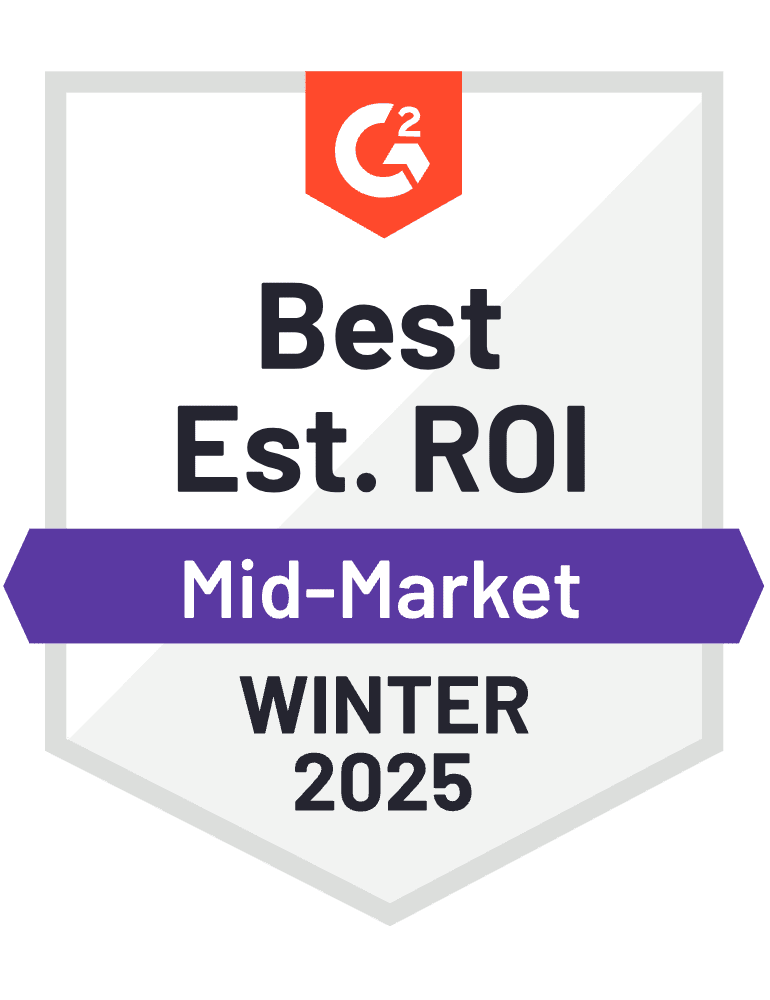What Is Enterprise Billing Software: Features & Benefits 2025
_xKzfUmTCc.png)
As your enterprise grows, so does the opportunity to streamline and strengthen your billing systems. By moving beyond manual tasks and fragmented systems, you can unlock faster payments, greater accuracy, improved compliance, and a smoother experience for your customers.
For many finance and operations teams, billing has evolved from a routine task into a strategic opportunity to drive efficiency, accuracy, and growth.
With the right approach, billing becomes a powerful driver of operational excellence.
In this blog, we will explore how modern enterprise billing solutions can help you overcome common challenges and unlock new efficiencies at scale.
What Is Enterprise Billing Software?
Enterprise billing software is comprehensive system that helps large businesses manage their billing and payments in a better and faster way. It brings together important tools like automation, real-time data, make billing easier for everyone involved.
This software connects well with the systems you already use like your MS 365 office suits so all your data stays up to date. It can handle subscriptions, keep prices correct, and send out invoices automatically, saving your team time and reducing mistakes.
Customers benefit too. They can log in to a self-service portal to manage their own accounts, check invoices, or make payments without needing to contact support.
Overall, it helps your business handle billing tasks faster, more accurately, and with fewer problems while giving your team and your customers a much better experience.
Benefits of Enterprise Billing Software
Here are five ways enterprise billing software can make your billing smarter, faster, and more reliable.
1) Handle Complex Billing
It supports multi-layered managing SaaS subscriptions and complex pricing structures with ease, giving you complete control over how you bill each customer.
Whether you are managing hybrid pricing models tiered, usage-based, or bundled with add-ons or tailoring billing rules to fit individual clients through built-in data mapping, the system adapts to your business, not the other way around.
The real advantage? Hours of manual work eliminated. Errors reduced. Revenue leakage plugged. What you’re left with is greater efficiency, cleaner books, and a billing process that keeps pace with your growth.
2) Offers Robust Security Advantage
As your business grows, so does the responsibility to protect sensitive billing data and meet strict compliance standards.
That is why enterprise billing software must go beyond basic invoicing it must safeguard every transaction, customer detail, and data point with the highest level of security.
Built on the reliable Microsoft ecosystem, our platform delivers enterprise-grade protection through advanced compliance standards, multi-factor authentication, and proactive threat detection. This make sure your billing operations remain secure and compliant, giving your business the confidence to operate at scale.
3) Unmatched Accuracy
In the current business era, growth with efficiency is importance. Relying on manual billing processes can lead to delays, errors, and missed opportunities. But with enterprise billing software, accuracy and speed become the standard.
By automating critical billing tasks, your team can generate precise invoices, accelerate payment cycles, and reduce the risk of costly mistakes. It is not just about saving time—it’s about building trust with every transaction.
When customers receive accurate, timely invoices, their experience improves and so does their trust in your business. Payments are processed more efficiently, communication is smoother, and your team is free to focus on strategic priorities.
With the right solution in place, billing evolves from a routine operation into a reliable driver of clarity, consistency, and long-term business confidence.
4) Leverage In Growth Stages
Every business has one goal which is scalability and growth, during this stage having a proper billing process helps business to focus more on strategies and other cross-functional efforts.
As your business expands, the number of customers grows alongside it. Whether you are expanding into new markets or adding new services, a enterprise billing software adapts to your needs. With built-in support for multiple languages and currencies, it makes it easy to serve global customers without added complexity.
It is not just about keeping up with growth it is about powering it.
5) Effective Compliance Maintenance
Compliance becomes simpler when it is built into the way you bill. Enterprise billing software supports your business in meeting regulatory requirements with confidence.
It automates complex revenue process, generates clear audit trails, and delivers accurate, real-time reports making it easier to stay compliant across regions and industries.
The system make sure accuracy across borders, maintains clear documentation for audits, and gives your team real-time visibility into your financial data so you are always prepared, no matter how regulations evolve.
6) Greater Operational Efficiency
The software removes the friction from your financial processes. No more delays from manual entries. No more chasing down payment errors. Just smooth, accurate billing that moves at the pace of your business.
By automating routine tasks and cutting down on costly mistakes, your teams gain back hours each week. That means faster invoicing, quicker revenue recognition, and more time spent on strategic work not administrative burdens.
The result? A more agile operation, better productivity, and a billing engine that keeps your business running without pause.
What Makes Enterprise Billing So Challenging?
Today’s enterprises deal with different ways of earning revenue, work across multiple countries, and need to meet changing customer needs. Older billing systems, built for one-time sales, often can’t handle things like subscriptions, pay-per-use pricing, or regular product updates.
Here are some of the key billing challenges enterprises face in today’s fast-moving, customer-driven economy.
1) Streamlining Billing Across the Organization
Large enterprises often have complex structures, with several departments, regions, or business unit each with its own set of billing requirements.
Coordinating and managing these different needs can be challenging without the right tools. Enterprise billing software brings all billing activities under one roof, ensuring consistency, transparency, and control across the organization.
2) Ensuring Smooth Integration with Other Systems
Billing systems should work seamlessly with the other platforms your business relies on. When integration isn’t smooth, it can lead to disconnected data, slower processes, and an increased risk of errors.
A well-integrated billing system helps maintain accuracy, improves efficiency, and keeps your operations running without interruption.
3) Meeting High-Volume Invoice Customization Demands
In large organizations, key clients often request customized invoices whether it is special terms, detailed cost breakdowns, or tailored layouts to meet internal requirements.
While these requests are important for maintaining strong client relationships, handling them at scale can be time-consuming and may slow down processing.
An efficient billing system should support these customizations with ease, allowing your team to manage high volumes without compromising on accuracy or service quality.
4) Managing Multi-Department Approvals
In enterprise environments, billing workflows often depend on input from multiple departments such as sales, legal, and finance. When these teams are not aligned or when communication breaks down, delays and confusion can follow. Approvals may get stuck, priorities can clash, and critical billing cycles can be disrupted.
However, with a centralized billing platform in place, all stakeholders can collaborate more efficiently. It provides a single source of truth, streamlines approval processes, and ensures that everyone is working from the same set of data reducing friction and accelerating billing timelines.
5) Ensuring Timely Billing Delivery
In large organizations, even small delays in generating or sending billing documents can create downstream issues impacting cash flow, customer communication, and financial forecasting.
These delays may be caused by manual processes, system limitations, or coordination gaps across departments.
With a dependable billing platform in place, businesses can automate and schedule billing delivery with confidence. This not only reduces the chance of errors or delays but also ensures timely communication with clients supporting a healthier revenue cycle and stronger operational efficiency.
Best Practices for Seamless Enterprise Billing
While billing processes come with their fair share of challenges, following the right best practices can help businesses achieve optimal results. Here are some proven best practices that can make a meaningful difference.
1) Centralize Your Billing Ecosystem
By bringing all your billing-related data contracts, usage metrics, client preferences, and payment histories into one unified platform, you unlock a smarter way to operate. Centralization streamlines your workflows, eliminates manual issues, and gives your team the clarity and confidence to act quickly and accurately.
It also transforms raw data into real-time insights, allowing you to make informed decisions that drive profitability.
When your billing is clear, consistent, and connected, your entire operation moves with greater speed, precision, and purpose.
2) Leverage Power of Automation
When you automate subscription and billing tasks like creating invoices, sending reminders, tracking usage, and matching payments you save time and avoid mistakes. It reduces the need for manual work, helps you get paid faster, and keeps things running smoothly.
More importantly, it frees up your team to focus on what really matters, like building better relationships with clients and improving your service. With automation, your billing becomes faster, more accurate, and easier to manage.
3) Create Clear and Professional Invoices That Build Trust
Invoices are more than just payment requests they represent your brand and how you do business. A clear, easy-to-read invoice shows professionalism and makes the payment process smoother for your clients.
Make sure all charges are listed in a simple and organized way, highlight due dates and payment terms, and avoid confusing or technical language.
When clients can quickly understand what they’re being billed for, they’re more likely to pay on time. A well-designed invoice not only speeds up payments but also builds trust, improves transparency, and helps you maintain strong client relationships.
4) Personalize the Billing Experience
Making your billing process more personal shows clients that you value their needs and care about their experience. This could mean adjusting to their preferred payment schedule, adding detailed usage reports, or changing the invoice format to match what works best for them.
These small tweaks make a big difference they show attention to detail, build trust, and help create strong, long-term relationships. When clients feel understood and supported, they’re more likely to stay loyal to your business.
5) Proactive Communication Builds Confidence
Keeping clients informed at every step shows that you’re organized and dependable. Send timely updates like pre-billing summaries, renewal reminders, and important alerts before key dates.
When you reach out first, it reduces confusion, builds trust, and makes the billing process smoother for everyone involved. Clear, early communication helps clients feel confident and supported throughout the journey.
How the Enterprise Billing Process Works?
It is a multifaceted operation that goes beyond simply sending an invoice. Done right, it ensures steady cash flow, strengthens partnerships, and minimizes operational friction. Here’s a breakdown of how the enterprise billing process typically unfolds, designed to be both practical and insightful.
1) Data Collection and Validation
Every successful billing journey begins with accurate data. This includes customer profiles, terms, usage details (such as cloud storage consumption or software license activity), and any agreed pricing variations.
Enterprises typically gather this information from multiple trusted sources. Validating this data early on ensures consistency and accuracy, helping prevent issues downstream and setting the stage for a smooth billing cycle.
2) Dynamic Invoice Creation
Next, the software generates invoices tailored to each client. It calculates charges based on predefined rules fixed fees, usage-based rates, or bundled discounts—and formats them to match client preferences (e.g., detailed line items or high-level summaries). Templates save time, for mid-cycle changes, all with minimal human input.
3) Internal Review Workflow
Before invoices go out, the software routes them through a digital approval chain. Finance teams get alerts to double-check totals, sales can confirm contract alignment, and managers sign off via the platform.
Audit trails log every tweak, ensuring accountability and identifying issues like misapplied rates before they reach the client.
4) Seamless Delivery
The software handles distribution with precision. It emails invoices directly, uploads them to a client portal, or even triggers physical mail through integrated print services. Delivery schedules are automated say, the 1st of each month while some systems offer pre-billing previews, giving clients a heads-up and cutting down on surprises.
5) Payment Monitoring and Automation
Once invoices are issued, the billing system continuously monitors their status in real time whether paid, pending, or overdue.
Intelligent dashboards highlight outstanding accounts, while automated, client-specific reminders ensure timely follow-ups without sounding intrusive.
Integrated payment gateways enable clients to make instant payments, with seamless synchronization to accounting systems, eliminating the need for manual reconciliation.
6) Client Self-Service and Feedback
The enterprise billing software also serves as a dedicated client portal, offering a seamless self-service experience. Through a branded interface, customers can easily access invoices, download account statements, and update payment preferences at their convenience.
Advanced platforms may also feature usage dashboards and integrated feedback forms, enabling clients to raise concerns or suggest improvements such as more detailed invoice breakdowns which can be incorporated into future billing cycles for a more tailored experience.
How To Implement Enterprise Billing Software?
Success lies in planning with purpose aligning your team, technology, and client needs from the start. Here are five practical steps to ensure a smooth and effective implementation that drives long-term value.
- Begin by identifying the specific business needs the software must address. Outline key functionalities, integration requirements, and expected outcomes to align the implementation with organizational goals.
- Make sure the system has integration capabilities with your daily office suits like Outlook, Teams and SharePoint. This helps you to configure the app at ease.
- Evaluate the product’s pricing structure in relation to its overall value, including key aspects such as built-in security features, user interface intuitiveness, ease of configuration, and the extent of automation capabilities offered. This ensures the software aligns with both budgetary constraints and operational efficiency expectations.
- Conduct thorough user acceptance testing to identify and resolve issues. Provide comprehensive training to end-users and IT staff and roll out the system in phases or all at once, depending on your change management strategy.
- Once the initial evaluation is complete, schedule a product demo to gain a comprehensive understanding of its features, performance, and real-time functionality. This step allows stakeholders to assess how well the software aligns with specific business requirements before making a final decision.
Conclusion
In 2025, billing is no longer just about collecting payments it is about enabling business growth, improving client relationships, and staying ahead in an increasingly complex landscape.
With the right enterprise billing software, your organization can move faster, scale confidently, and stay compliant all while delivering a better experience to your customers.
Ready to transform your billing operations?
Now is the time to invest in a smarter, scalable solution that works as hard as your team does.
Frequently Asked Questions
Can it support billing for bundled products or services?
Yes, quality software allows you to define bundles with flexible pricing rules, breaking down costs clearly on invoices. This ensures transparency for clients and simplifies management of complex offerings across large accounts.
How does the software ensure accurate tax calculations for global operations?
It integrates with tax engines or regional databases to apply the correct rates based on location, updating automatically as regulations change. This keeps you compliant and spares your team from manual tax lookups across jurisdictions.
Can we customize the software to match our branding?
Most platforms let you tweak invoice designs, portals, and emails with your logo, colours, and tone. This consistency reinforces your professional image and makes the billing experience feel cohesive for clients.
Can it generate reports for financial forecasting?
Yes, it offer customizable dashboards with insights on revenue trends, payment delays, and client profitability. Exportable reports make it easy to share data with leadership for strategic planning.






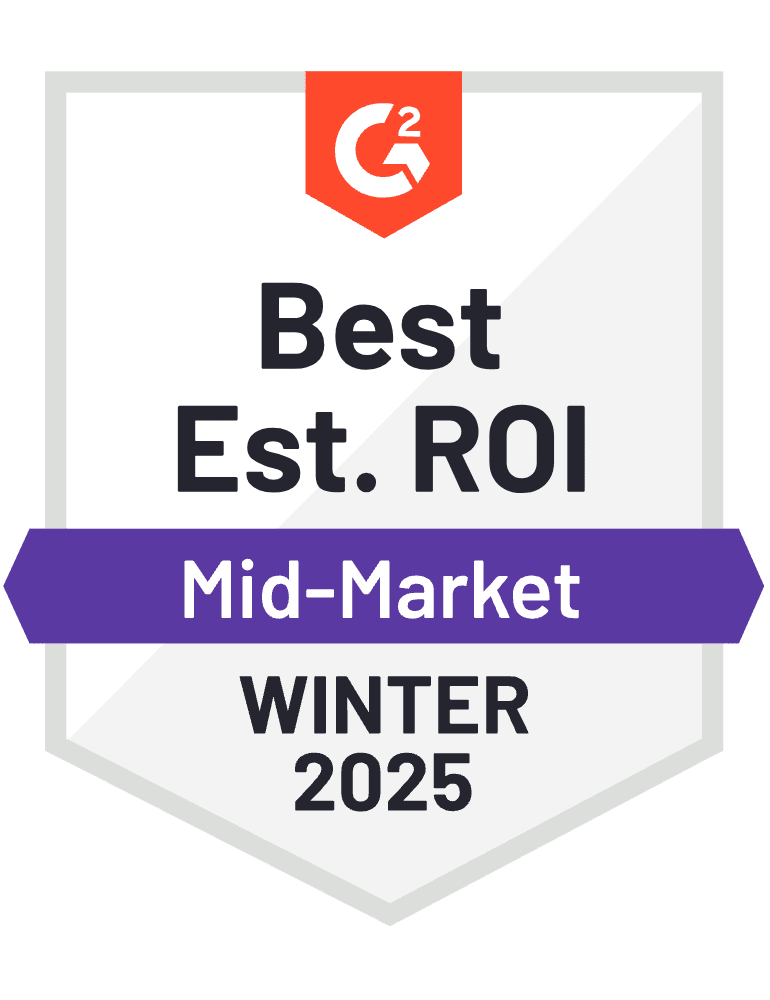

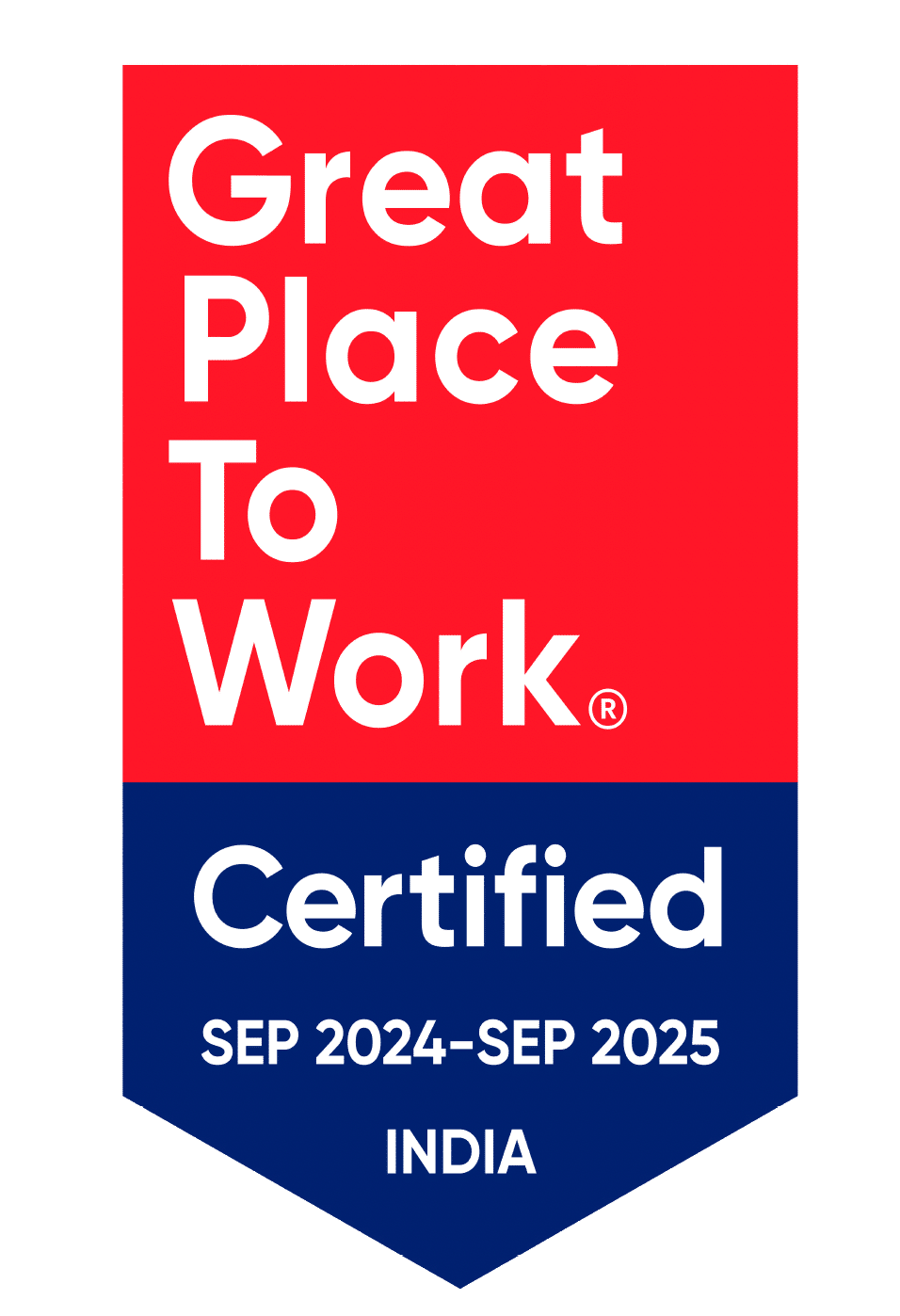
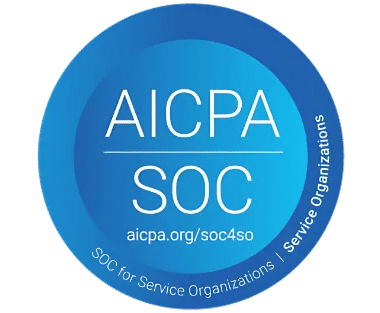
_svxLrd-8yH.png)
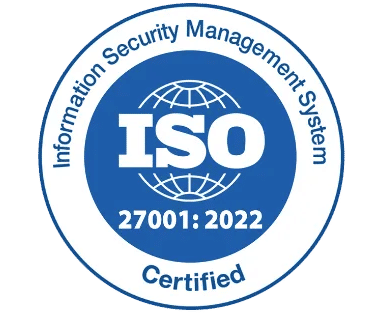
_2VYSFUTN5m.png)

_JiluXJRGNl.svg)

_2djTKNocf.png)
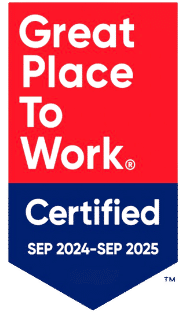




_Rapo0hRMBy.png)
